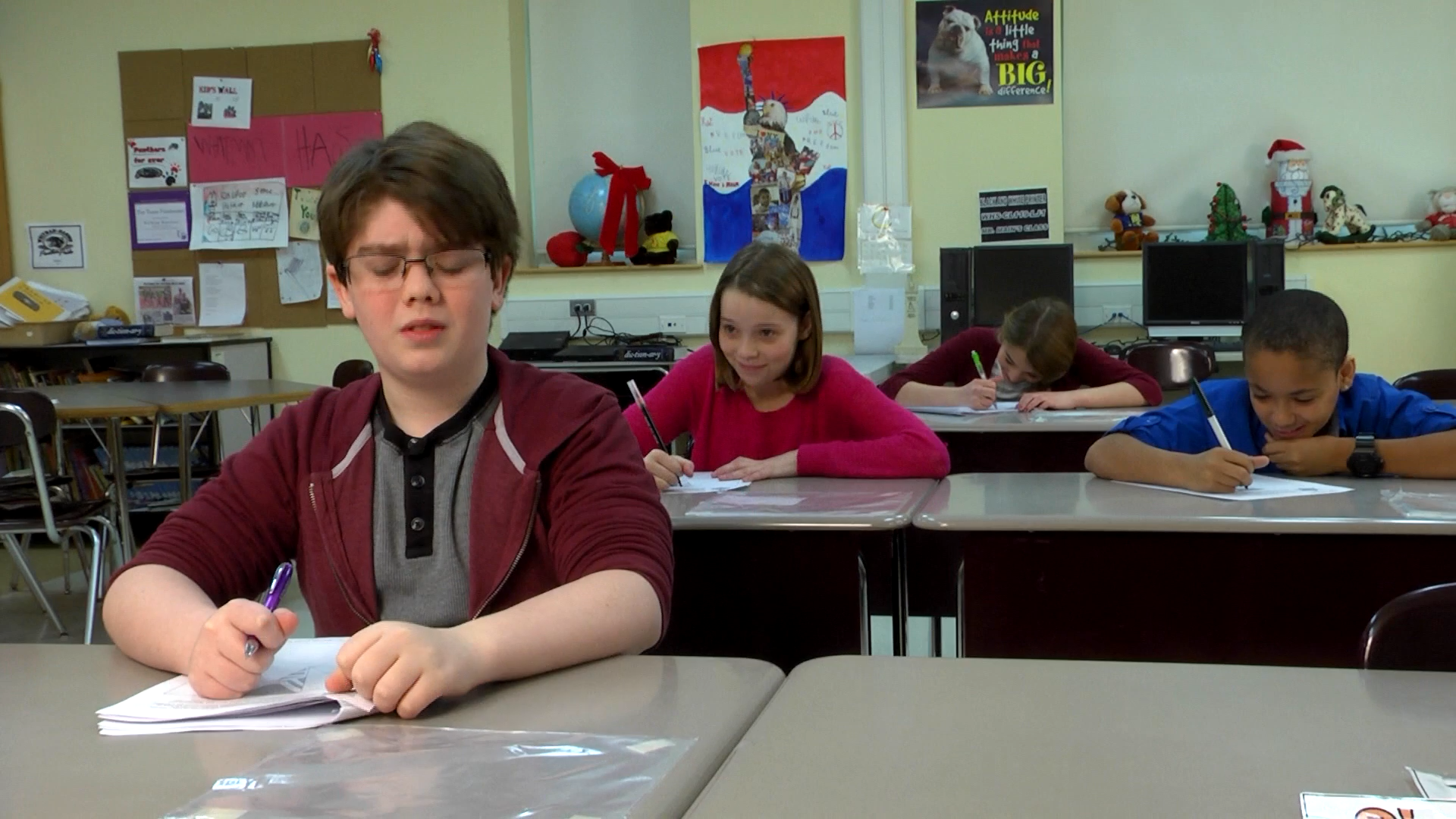
Introduction
As educators, it is essential to help students develop the ability to distinguish between public and private topics in conversation. This skill is particularly crucial in special education, where students may struggle with understanding the appropriate contexts for different subjects. By fostering this ability, we empower students to navigate social situations more effectively, enhancing their learning experiences and overall wellbeing.
Understanding Public and Private Topic Distinction
The target skill, Public and Private Topic Distinction, refers to the ability to identify and differentiate between topics that are appropriate for public discussion and those that should remain private. This skill plays a vital role in students’ social interactions, as it helps them avoid making others feel uncomfortable and fosters a sense of respect for privacy. Moreover, mastering this skill contributes to their overall wellbeing, as it enables them to establish healthy boundaries in various social contexts.
The Role of Specialists
Several specialists can provide support in developing the target skill:
- Speech-Language Pathologists: They can help students improve their communication skills and understand the nuances of public and private topics.
- Social Workers: They can provide guidance on appropriate social behavior and help students navigate complex social situations.
- Psychologists: They can offer insights into the psychological aspects of privacy and help students develop coping strategies for challenging social interactions.
- School Counselors: They can provide additional support and resources to help students build their public and private topic distinction skills.
IEP Goals for Public and Private Topic Distinction
Below are specific SMART IEP goals that can be used to improve the target skill in students:
Goal 1: Improve students’ understanding of public and private topics
Strategies and activities:
- Discuss various scenarios and identify whether the topic is public or private.
- Use role-playing activities to practice appropriate conversation topics in different settings.
- Create visual aids to help students remember the differences between public and private topics.
Goal 2: Enhance students’ ability to respond appropriately to public and private topics
Strategies and activities:
- Teach students polite ways to change the subject if a private topic is brought up in public.
- Practice asking for permission before discussing potentially private topics in public settings.
- Encourage students to think about the feelings of others when choosing conversation topics.
Implementing and Measuring Progress
For effective implementation and progress measurement of these IEP goals, consider the following tips:
- Collaborate with specialists to ensure comprehensive support for the target skill.
- Regularly assess students’ understanding and application of public and private topic distinctions through observation and structured activities.
- Communicate with parents and caregivers to reinforce the target skill at home.
- Monitor progress through individualized data collection and adjust goals and strategies as needed.
Conclusion
Developing the ability to distinguish between public and private topics is crucial for students’ social interactions and overall wellbeing. By incorporating these IEP goals and strategies into your teaching practice, you can effectively support your students in mastering this essential skill. We encourage you to explore more resources at Everyday Speech Sample Materials and continue your journey in helping students thrive in their social environments.





